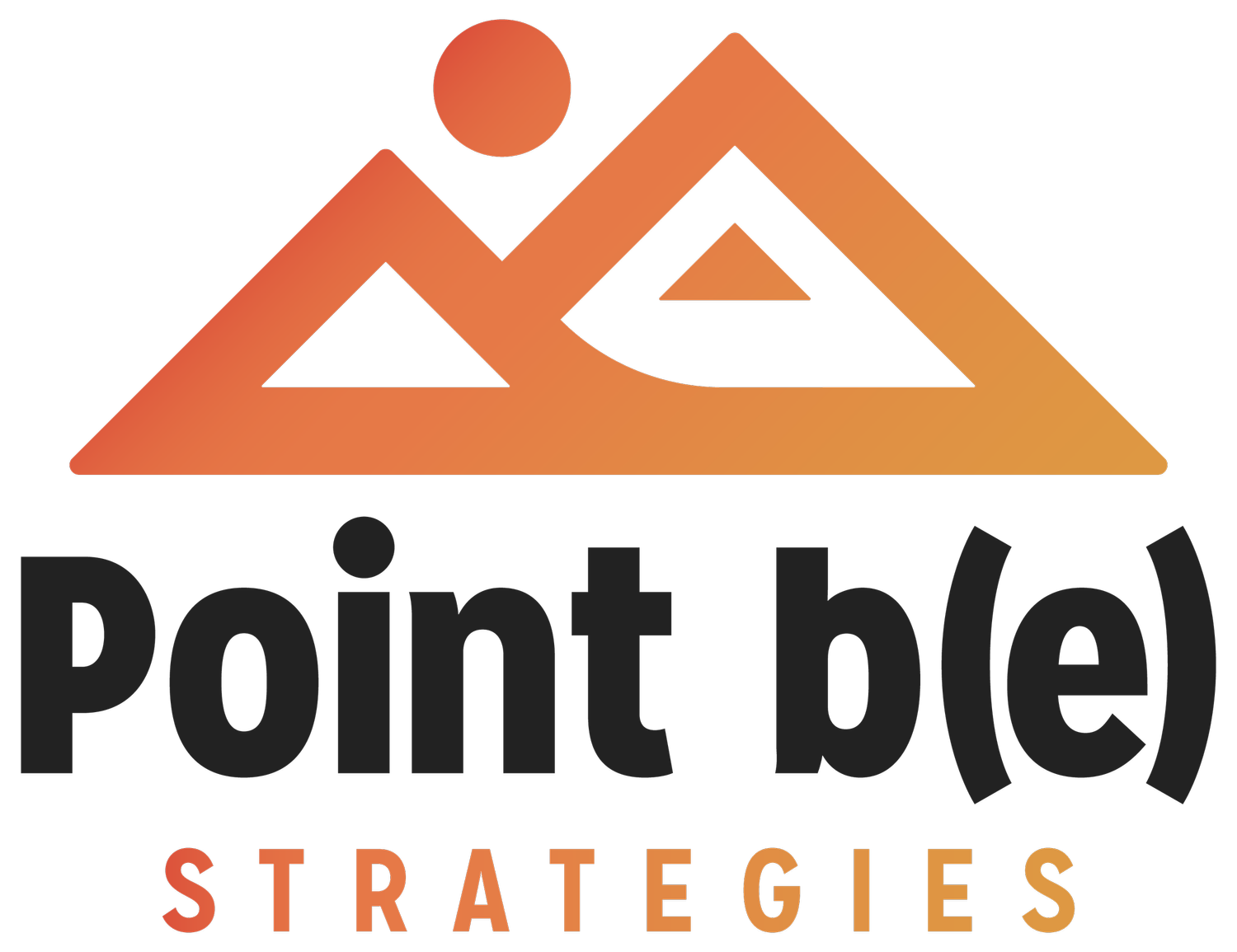Understanding your work through Spheres of Impact
By Melanie TsuchidaImagine that you are implementing your programs, you know you’re doing great work, and you are at a point where you’re being asked by your board, funders or the community to show the far-reaching impact of your organization’s programs. It suddenly begins to feel daunting to think about what you need to measure to illustrate that far-reaching impact.
As an evaluator, I often hear clients working through this scenario challenged with where to start and how to articulate their role within larger-scale change. One framework Point b(e) Strategies uses to help clients understand their work within the larger community and systems change is the Spheres of Impact framework (Outcome Mapping Learning Community, 2011). The Spheres of Impact framework helps an organization break down what it has control over and how it is contributing to larger impacts.
Figure 1. Spheres of Impact
Source: Outcome Mapping Learning Community. Webinar: Introduction to Outcome Mapping
As the above figure illustrates, the Spheres of Impact framework consists of three areas:
Sphere of Control: The Sphere of Control looks at the inputs, activities and outputs that an organization has direct control over. This area focuses on what the organization does and how it does it.
Sphere of Influence: The Sphere of Influence looks at changes an organization is hoping to achieve based on the organization’s Sphere of Control—what it is doing and how it is doing it. This often includes changes to direct participants and constituents.
Sphere of Interest: The Sphere of Interest looks at the larger-scale impact an organization is hoping to accomplish because of the influence it has had on direct participants or constituents. As an organization moves across the spheres, the less control and direct impacts it can claim within larger social, economic or societal change.
By breaking down programming and activities within the Spheres of Impact, an organization can have a clearer understanding of the specific role it is serving to achieve broader impacts and where to focus its efforts.

